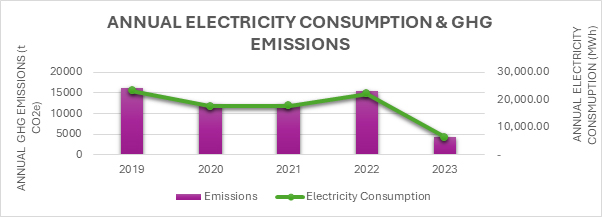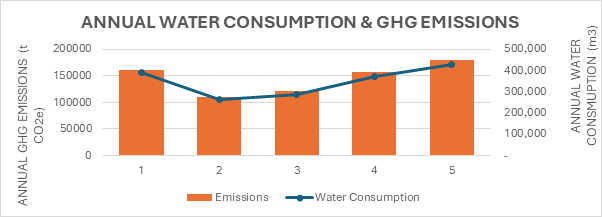Green Initiative
MSU’s Commitment towards Net-Zero
Management and Science University (MSU) has a strong commitment to net zero. The University aims to achieve net zero emissions by 2035, aligning with the target set by the Shah Alam City Council, also known as Majlis Bandaraya Shah Alam (MBSA). MSU has demonstrated its commitment through various initiatives and strategies, including:
- Energy Efficiency Measures: MSU implements energy-efficient technologies and practises across its campus, such as LED lighting, energy management systems and efficient heating, ventilation, and air conditioning (HVAC) systems. These measures aim to reduce energy consumption and subsequent Scope 1 emissions.
- Renewable Energy Adoption: MSU invests in renewable energy sources purchased from Tenaga Nasional Berhad (TNB) about 1.5 million kilowatt per month. Through the sources, the University reduces its dependence on fossil fuel-based electricity, thereby decreasing Scope 2 emissions.
- Waste Management: By establishing comprehensive waste management practises, including recycling and composting programmes, MSU reduces methane emissions, a potent greenhouse gas, by diverting waste from landfills.
- Education and Awareness: MSU integrates sustainability and climate change education into its curriculum, ensuring students are equipped with knowledge and skills to address environmental challenges.
- Carbon assessment
- Benchmarking
- Target-setting
- Emissions reduction strategy and advisory
- Offsetting


